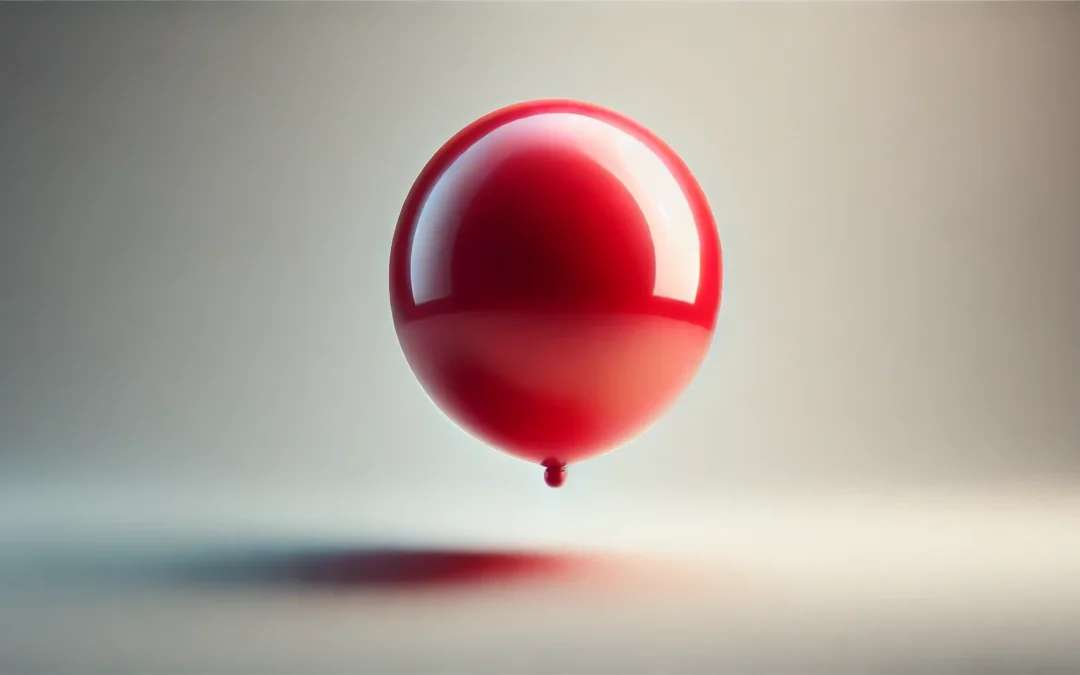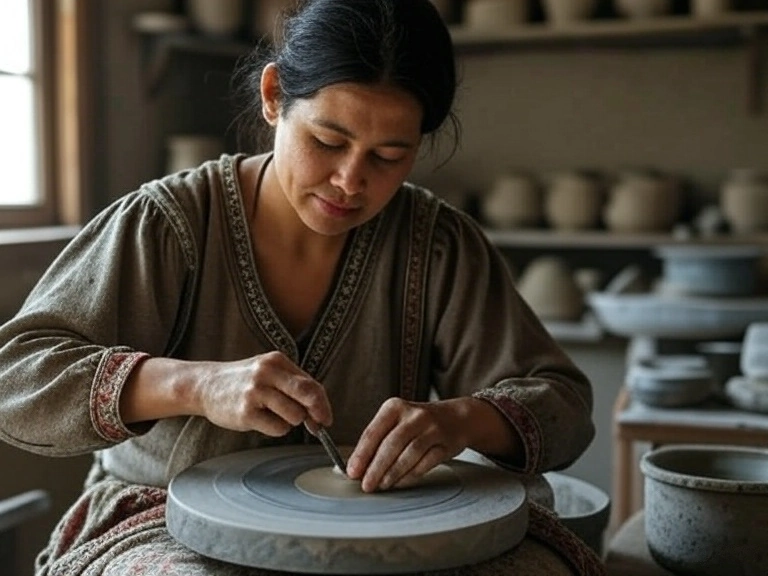Longevity is a word we hear often, but few stop to think about what it really means. Most people connect it with a long life. But longevity is more than just the number of years someone lives. It also applies to things that last—ideas, traditions, relationships, objects, even reputations.
In this article, we’ll look at the meaning of longevity and explore 30 clear, real-world examples that show what it looks like in everyday life. From personal stories to historical facts, these examples help explain how and why some things last much longer than others.
What Is Longevity?
Longevity means living for a long time or lasting for a long period. It often refers to a person’s lifespan—how many years someone lives—but it can also describe the lasting quality of things like relationships, traditions, objects, or ideas. In simple terms, longevity is about lasting longer than average and maintaining value or function over time.
In health and human life, longevity is closely connected to aging, life expectancy, and long-term well-being. In other areas, such as culture, business, or history, longevity highlights the ability to endure, stay relevant, and remain strong over time.
Examples of Longevity
1. A Person Living Actively Into Their 90s
A common and relatable example of longevity is someone who remains active and mentally sharp well into their 90s. This doesn’t just mean living a long life—it means staying independent, walking without help, and being able to hold conversations, read, and take part in everyday decisions. People often admire elders who still enjoy gardening, cooking, or even working in some form. Longevity here shows itself in years and quality of life.
2. The Lifespan of a Tortoise
Tortoises are animals that often live more than 100 years. Some have even lived for over 150 years. Their slow pace, low stress levels, and stable lifestyle are often cited as factors in their long lives. It’s a clear example from nature that longevity is not just about time—it’s about consistency, protection from harm, and natural balance.
3. Blue Zones: Places Where People Live Longer
“Blue Zones” refer to specific regions in the world where people regularly live beyond 90 or even 100. These places include Okinawa (Japan), Sardinia (Italy), and Nicoya (Costa Rica). What makes these areas stand out isn’t just diet or exercise, but also close family ties, low stress, and meaningful daily routines. These zones show how community, culture, and lifestyle can strongly influence human longevity.
4. A Building That Stands for Centuries
Think of a castle or a temple that has lasted for hundreds of years. Its stone walls may have cracks, but it still stands strong. This is longevity in the physical world. It was built with care, maintained over time, and respected. Just like the human body, structures that last are those that are taken care of across generations.
5. A 100-Year-Old Company Still in Operation
Some companies have lasted more than a century—like IBM, Coca-Cola, or Michelin. They had to adjust to change, manage risk, and keep a clear identity while evolving. In this example, longevity is shown through survival in a changing world. It teaches that adaptability and long-term thinking are essential for lasting success.
6. A Marriage That Lasts a Lifetime
When a couple stays together for 50, 60, or even 70 years, it’s a powerful human example of longevity. These long relationships are built on trust, patience, and shared goals. They show that lasting bonds don’t come from perfection, but from effort and mutual support over time. It’s a meaningful way to understand longevity not just as time passed, but as endurance through different stages of life.
7. A Tree That Lives for Thousands of Years
Some trees, like the Bristlecone Pine, have been alive for over 4,800 years. These ancient trees have survived storms, droughts, and climate changes. Their rings tell stories of centuries gone by. This shows longevity in the natural world—survival through resilience and deep roots. It helps us understand that living long often means adapting while staying grounded.
8. A Career That Spans Decades
Some people work in the same field for 40 or 50 years, continually learning and staying relevant. Think of a teacher who starts young and retires in their 70s, having taught generations of students. That’s a form of professional longevity. It shows the value of passion, purpose, and steady contribution over time.
9. Books or Ideas That Last Generations
Some books stay popular or influential for hundreds of years. Think of works like Shakespeare’s plays, or philosophical writings from ancient Greece. These ideas live on well after their authors have passed. This type of longevity is about lasting impact—not physical survival, but relevance across time. It’s another way to understand what it means to truly “last.”
10. A Family Tradition That Continues for Centuries
Some families pass down stories, recipes, or rituals from generation to generation. Even if members live in different places, they come together to keep the tradition alive. This shows longevity through shared memory and culture. It reminds us that lasting things don’t always need to be physical—they can be emotional and social, too.
11. A Grandparent Playing with Great-Grandchildren
When a person lives long enough to not only see their grandchildren but also meet or even play with great-grandchildren, it shows a full-circle moment. It’s a personal and emotional example of longevity. It connects long life with legacy. Many families treasure these rare moments, where four generations come together. That living thread across time leaves a lasting impression.
12. Traditional Skills That Survive for Centuries
Think of something like blacksmithing, calligraphy, or tailoring that has been passed down through generations. These skills stay alive not just because they’re useful, but because people care enough to keep them going. Longevity in this case means continuity through practice. It’s a reminder that keeping something alive takes effort, learning, and time.
13. Athletes Who Compete at an Older Age
Some athletes stay active well beyond their expected prime. For example, marathon runners in their 70s or tennis players competing into their late 30s and 40s. This shows physical longevity. But more than that, it shows discipline, care, and focus over many years. Longevity here isn’t just about lasting—it’s about staying competitive while others stop.
14. Cultural Celebrations That Endure Generations
Some holidays or local festivals have been celebrated the same way for hundreds of years. They survive changes in governments, technology, and even religion. This kind of longevity is cultural. It keeps communities connected and gives people a sense of belonging that stretches across time.
15. A Piece of Jewelry Passed Down Through Generations
A ring, necklace, or watch that’s handed down from parent to child, again and again, can last over 100 years. These objects carry emotional meaning. They’re not just old—they’re meaningful. That’s a form of longevity we often overlook. It reminds us how long life and memory can live through something small.
16. A Language That Has Survived for Thousands of Years
Languages like Hebrew, Tamil, or Chinese have been spoken for centuries and are still alive today. Despite wars, migration, and modern changes, people continue to speak and write in these languages. This is a deep form of longevity. It shows the strength of culture and communication when passed carefully from one generation to the next.
17. A Well-Made Watch That Still Works After Decades
Mechanical watches, especially those crafted with care, can last for decades or even longer with proper maintenance. Some are handed down as heirlooms. They still tell time just as they did 50 or 100 years ago. This is a simple yet clear example of material longevity. It shows how quality and attention to detail can extend the life of an object.
18. A Friendship That Lasts a Lifetime
Two friends who stay close for 40, 50, or even 60 years share something rare. Through different life stages—school, work, family, retirement—the connection stays strong. This is emotional longevity. It proves that relationships, just like bodies or buildings, can last if they’re cared for.
19. A Musical Instrument Still Being Played After a Century
Some violins, pianos, or other instruments are still used long after their makers are gone. A well-maintained instrument keeps its sound, its beauty, and its purpose. Musicians often say these tools “have a soul.” This is artistic longevity. It shows how something old can still produce something beautiful, over and over again.
20. A Recipe That’s Been Cooked for Generations
Many families have dishes that are cooked the same way they were 100 years ago. The ingredients may change slightly, but the recipe remains. It’s passed from hand to hand, often without being written down. That’s culinary longevity. It connects people through time, through taste, and through memory.
21. A Medal Won Decades Ago Still Displayed with Pride
A military medal, sports trophy, or award won many years ago that is still displayed in a home is a small but powerful sign of longevity. It lasts not only as a physical object but as a memory that continues to carry value. It shows how moments can live on and shape identity for a lifetime.
22. A Family Business Operating for Several Generations
A bakery, tailor shop, or farm run by one family for over 100 years shows a living example of long-term survival and commitment. It’s not just about business. It’s about tradition, learning, and handing down experience. Longevity here is built through stability and responsibility passed between generations.
23. A Historical Monument That Still Draws Visitors
Structures like the Colosseum or the Great Wall of China have stood for centuries and still attract millions of people. These aren’t just old—they’re meaningful across time. They teach us that when something is built with care and purpose, it can outlast generations and still be appreciated.
24. A Journal or Diary Preserved Across Decades
A handwritten journal kept for years—maybe even by several people from the same family—shows a personal kind of longevity. The paper may be yellowed, the ink faded, but the thoughts and emotions remain. It’s a reminder that stories and reflections can outlive the moment and speak to people long after they were written.
25. A Signature Style That Endures a Lifetime
Some people keep the same personal style throughout their lives. It could be a way of dressing, speaking, or thinking. It becomes part of how others remember them. This shows longevity in identity. Staying true to who you are, year after year, is another kind of lasting strength.
26. A Song That’s Still Loved After Generations
Think of a classic song that grandparents, parents, and children all know. It gets played again and again, still enjoyed decades later. That’s musical longevity. It proves that good art can cross time and keep its meaning for different people, in different moments.
27. A Tool or Appliance Still Working After 50 Years
A sewing machine, typewriter, or hand tool that still works after half a century shows durability and usefulness. Unlike many modern products, these items were made to last. When cared for, they continue to serve their purpose. This is a practical, physical example of longevity.
28. A Mentor Who Has Guided People Over Many Decades
Some teachers, coaches, or spiritual leaders continue to guide others for most of their lives. Their advice, wisdom, and presence remain constant over the years. Their influence doesn’t fade—it grows. Longevity here is about trust and long-term impact on people’s lives.
29. A Name or Reputation That Lasts Long After Death
Some people leave a legacy that’s remembered long after they’re gone. It could be because of their work, their actions, or the way they treated others. When someone’s name is still spoken with respect decades later, that’s personal longevity. It shows that the way we live can shape how we’re remembered.
30. A Photograph That Still Has Meaning After Generations
Old family photos often hold strong emotional value. They may be black and white, maybe torn or faded, but people still look at them with care. They connect the past to the present. Longevity here isn’t just about the photo—it’s about the memories it protects and the lives it keeps visible.
Synonyms of Longevity
-
Long life
-
Lifespan
-
Life expectancy
-
Durability
-
Endurance
-
Lastingness
-
Permanence
-
Continuity
-
Survival
-
Long-lasting nature
-
Staying power
-
Extended existence
-
Prolonged life
What Longevity Really Says About a Person or a Thing
Longevity isn’t just a number. It reflects how something – or someone – holds up over time. Whether it’s a human life, a career, a marriage, or even a simple idea, longevity tells us that it lasted for a reason. That reason is usually effort, consistency, and value.
People who live long often share certain traits. They don’t chase quick fixes. They stay steady. They build habits early and stick to them. They care about daily choices, but they also keep moving forward even when things get tough. Longevity shows up in discipline, not just luck.
It’s the same with objects, businesses, or traditions. If something has lasted 50, 100, or even 500 years, it’s because it works. It does its job. It’s useful, or meaningful, or strong enough to survive change. That kind of endurance says a lot.
In many ways, longevity is a sign of quiet success. It doesn’t always come with headlines. But it shows who or what can truly stand the test of time.
What Longevity Teaches Us
Longevity tells us what lasts. And what lasts usually has something others didn’t: a solid foundation, patience, and the ability to adjust without losing what matters most.
One of the clearest lessons from longevity is that short-term thinking doesn’t work. You can’t build anything that lasts—health, trust, reputation, or a career—without looking past this week or this year. People who think long-term tend to make better decisions, because they aren’t trying to win today at the cost of tomorrow.
Longevity also rewards routine. Not flashy effort once in a while—but steady habits, repeated over time. That’s true for personal health, but also for relationships, businesses, or skill. It’s the daily things—what you eat, how you treat people, what you practice—that eventually add up to a long, steady run.
Another thing: longevity is often quiet. It’s not about making noise or chasing trends. It’s about staying relevant by staying useful. Most things that survive didn’t do it by being the loudest. They did it by working. Year after year.
In the end, longevity is a reminder. It shows what’s actually worth keeping. What’s strong enough to stay. And what holds up when everything else changes.
Why Some Things Don’t Last
If we think about longevity, it’s also worth thinking about why so many things don’t last.
Most of the time, it comes down to neglect. Things fall apart when people stop caring, stop maintaining, or stop paying attention. A relationship drifts. A habit breaks. A tool rusts. It’s not always some dramatic failure. Often, it’s just slow decay from not doing the small things that keep something strong.
Another reason is impatience. People rush. They expect fast results. And when they don’t get them, they quit. But things that last don’t happen fast. They take time to build. If the foundation isn’t solid, it won’t stand very long—whether it’s a business, a career, or a life goal.
There’s also the issue of distraction. It’s easy to start something new. Harder to stick with something long enough for it to grow. That’s true with skills, work, health, even with values. Some things fall apart not because they were weak—but because they were abandoned too soon.
And sometimes, people just chase the wrong things. Not everything is worth keeping. But what is worth keeping—what has real longevity—usually requires attention, effort, and a clear reason for being there in the first place.
Longevity, in the end, doesn’t just teach us what lasts. It also teaches us what doesn’t—and why.
Read also
The Most Popular on BitGlint

Top 100 Personal Items List
Everyone uses personal items in their daily lives, often without even thinking about them. From the moment you wake up...

30 Vice Versa Examples & Meaning
The phrase vice versa is short, but it carries a lot of meaning. You’ve probably heard it in daily conversations, read...

Top 30 Desire Examples & Definition
Desire is a powerful force that drives much of human behavior, shaping our goals, dreams, and everyday decisions. It's...

100 Non-Digital Things List
In everyday life, there are still hundreds of objects, tools, and materials that exist completely outside the digital...

30 Examples of Attention & Definition
Have you ever noticed how a catchy tune can grab your attention, even when you're busy doing something else? It's...

60 Cultural Traditions Examples & Definition
Cultural traditions are part of daily life - whether people realize it or not. They shape what we eat, how we...

Top 30 Intimacy Examples & Meaning
Intimacy goes beyond physical touch or romantic moments. It’s about closeness, trust, and connection. In everyday...
Get Inspired with BitGlint
The Latest
40 Emotional Value Examples & Meaning
Why do some messages stick — while others are forgotten? Why do people choose one brand over another, even when the product is the same? The answer often comes down to emotional value. Emotional value is what makes a message feel human. It’s the emotional connection...

30 Teasing Examples & Definition
Teasing is a common part of human interaction. People tease in different ways, for different reasons. Sometimes it is friendly. Sometimes it can hurt feelings. Understanding what teasing means and seeing clear examples helps everyone handle these moments better....
40 Thought Experiments for Curious Minds
Some questions can’t be answered with a simple yes or no. Some problems don’t have a clear solution. That’s where thought experiments come in. They aren’t just old ideas from philosophy books. Thought experiments are tools we still use to think through problems, test...
30 Amazing Ideas for a Reunion with Friends
Hello, fellow reunion planners and enthusiasts! Are you gearing up for a spectacular gathering with your cherished friends and looking for ideas that will turn your reunion into an unforgettable experience? Well, you're in for a treat! In this curated list, we've put...

